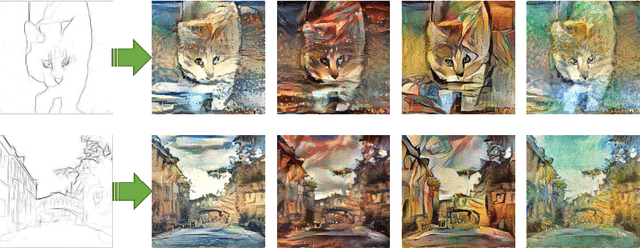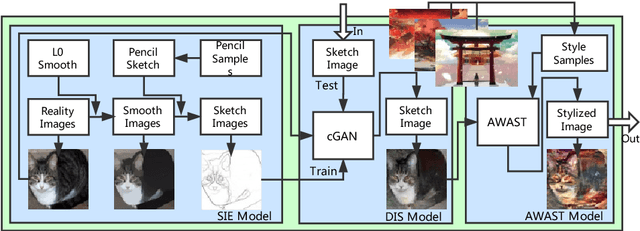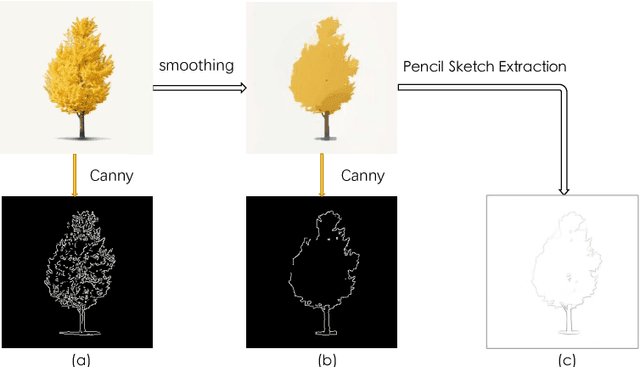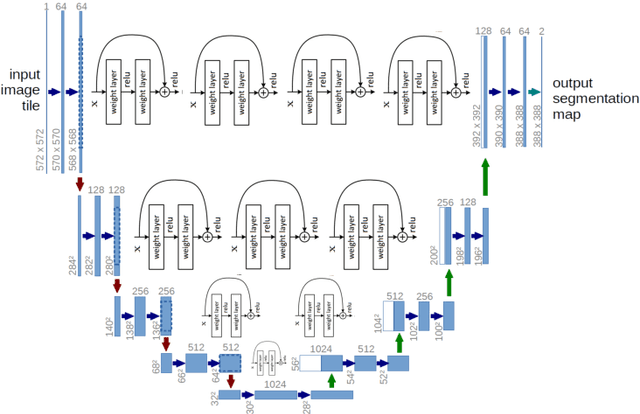Mengyao Cao
Deep-Unfolded Massive Grant-Free Transmission in Cell-Free Wireless Communication Systems
Feb 19, 2025Abstract:Grant-free transmission and cell-free communication are vital in improving coverage and quality-of-service for massive machine-type communication. This paper proposes a novel framework of joint active user detection, channel estimation, and data detection (JACD) for massive grant-free transmission in cell-free wireless communication systems. We formulate JACD as an optimization problem and solve it approximately using forward-backward splitting. To deal with the discrete symbol constraint, we relax the discrete constellation to its convex hull and propose two approaches that promote solutions from the constellation set. To reduce complexity, we replace costly computations with approximate shrinkage operations and approximate posterior mean estimator computations. To improve active user detection (AUD) performance, we introduce a soft-output AUD module that considers both the data estimates and channel conditions. To jointly optimize all algorithm hyper-parameters and to improve JACD performance, we further deploy deep unfolding together with a momentum strategy, resulting in two algorithms called DU-ABC and DU-POEM. Finally, we demonstrate the efficacy of the proposed JACD algorithms via extensive system simulations.
Joint Active User Detection, Channel Estimation, and Data Detection for Massive Grant-Free Transmission in Cell-Free Systems
Aug 28, 2023


Abstract:Cell-free communication has the potential to significantly improve grant-free transmission in massive machine-type communication, wherein multiple access points jointly serve a large number of user equipments to improve coverage and spectral efficiency. In this paper, we propose a novel framework for joint active user detection (AUD), channel estimation (CE), and data detection (DD) for massive grant-free transmission in cell-free systems. We formulate an optimization problem for joint AUD, CE, and DD by considering both the sparsity of the data matrix, which arises from intermittent user activity, and the sparsity of the effective channel matrix, which arises from intermittent user activity and large-scale fading. We approximately solve this optimization problem with a box-constrained forward-backward splitting algorithm, which significantly improves AUD, CE, and DD performance. We demonstrate the effectiveness of the proposed framework through simulation experiments.
Line Artist: A Multiple Style Sketch to Painting Synthesis Scheme
Mar 18, 2018



Abstract:Drawing a beautiful painting is a dream of many people since childhood. In this paper, we propose a novel scheme, Line Artist, to synthesize artistic style paintings with freehand sketch images, leveraging the power of deep learning and advanced algorithms. Our scheme includes three models. The Sketch Image Extraction (SIE) model is applied to generate the training data. It includes smoothing reality images and pencil sketch extraction. The Detailed Image Synthesis (DIS) model trains a conditional generative adversarial network to generate detailed real-world information. The Adaptively Weighted Artistic Style Transfer (AWAST) model is capable to combine multiple style images with a content with the VGG19 network and PageRank algorithm. The appealing artistic images are then generated by optimization iterations. Experiments are operated on the Kaggle Cats dataset and The Oxford Buildings Dataset. Our synthesis results are proved to be artistic, beautiful and robust.
 Add to Chrome
Add to Chrome Add to Firefox
Add to Firefox Add to Edge
Add to Edge